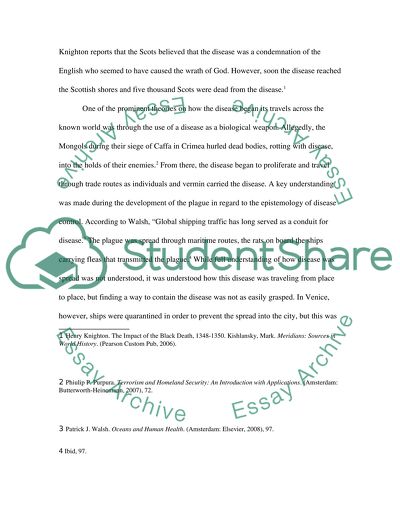Cite this document
(“The Impact of the Black Death during the 14th Century Essay”, n.d.)
Retrieved from https://studentshare.org/history/1431860-to-what-extent-were-climate-and-disease-the-key
Retrieved from https://studentshare.org/history/1431860-to-what-extent-were-climate-and-disease-the-key
(The Impact of the Black Death During the 14th Century Essay)
https://studentshare.org/history/1431860-to-what-extent-were-climate-and-disease-the-key.
https://studentshare.org/history/1431860-to-what-extent-were-climate-and-disease-the-key.
“The Impact of the Black Death During the 14th Century Essay”, n.d. https://studentshare.org/history/1431860-to-what-extent-were-climate-and-disease-the-key.


